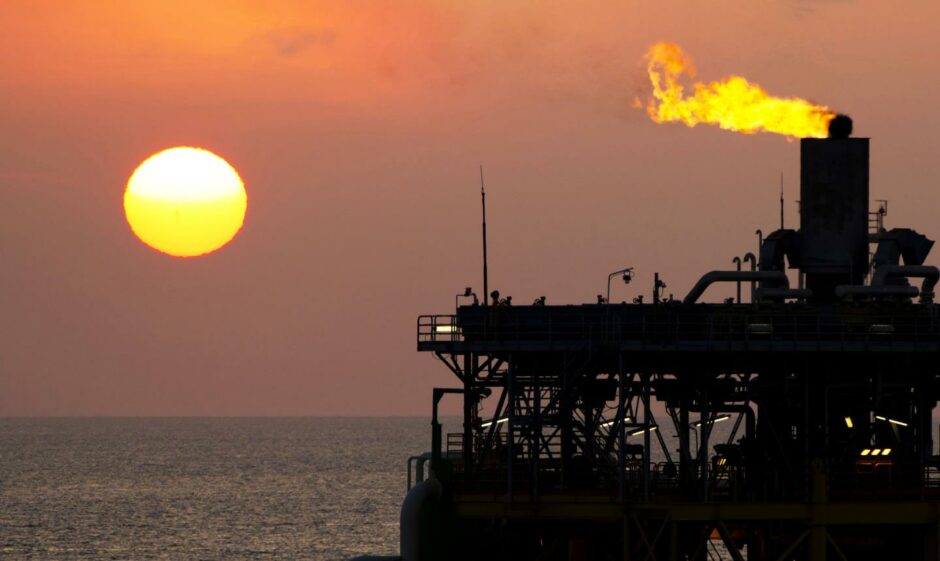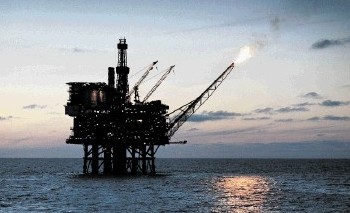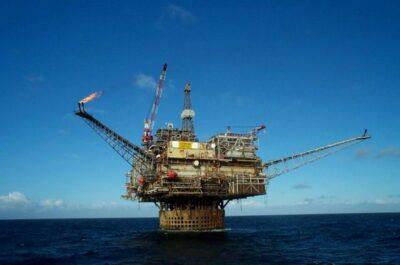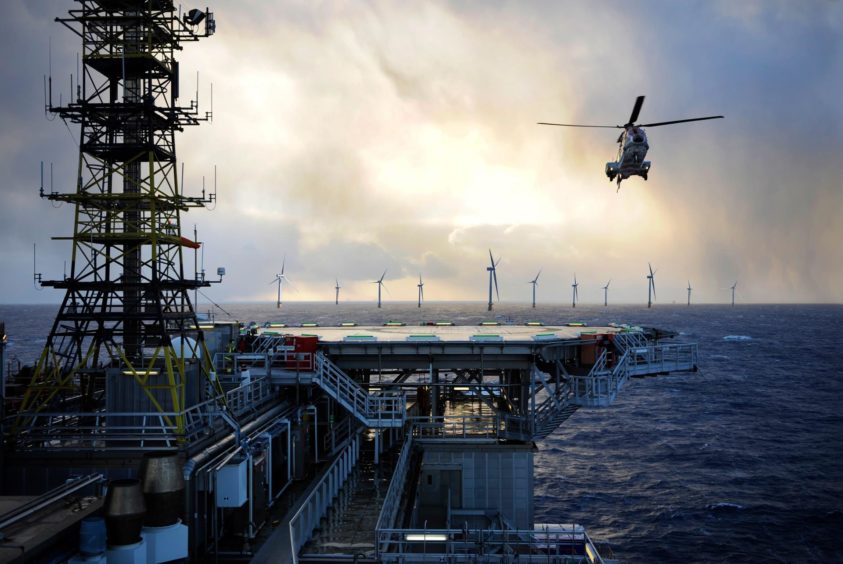
Most of the oil and gas produced in the North Sea is well below the basin’s average for emissions intensity, fresh research has found.
Analysis published by S&P Global Commodity Insights has shed light on the disproportionate impact of older assets – that account for a small percentage of flows – on the environment.
The research illustrates the degree that greenhouse gas (GHG) intensity can vary from one oil and gas installation to the next, as well as the factors that determine it.
Across the UK and Norwegian areas of the North Sea, the average GHG intensity of production was roughly 12 kilograms of carbon dioxide equivalent per barrel of oil equivalent (kgCO2e/boe) in 2021.
But further analysis revealed that around two thirds of production was below that average.
Moreover, assets responsible for just 20% of total production from the basin generated half of its total GHG emissions.
Overall, individual assets across the basin differed dramatically, ranging from less than 1 kgCO2e/boe to nearly 150 kgCO2e/boe.

Such a wide range is consistent across all the regions that have been explored to date and highlights the challenges of averages, S&P said.
“In every play where we have looked, we continue to find wide variability in the greenhouse gas intensity with any one asset potentially being significantly different from the average,” said Kevin Birn, global head for S&P’s newly formed centre of emissions excellence.
“The new S&P Global Commodity Insights capability delivers a level of granularity that is essential for governments, investors, and frankly the market to truly understand the nature of upstream oil and gas emissions, down to individual assets and the drivers behind each assets emissions, such as fuels that get used.”
Myriad of factors influencing intensity
Several key reasons have been put forward for the considerable variability of S&P’s findings.
Amongst them is productivity – fresher and more active fields tend to be less GHG intensive than older, more geologically challenging fields.
Aging fields also may need energy-intensive enhanced recovery techniques, like increased drilling, to maintain productivity.
Meanwhile, older technology can put upward pressure on emissions intensity.
Other factors that impact the GHG intensity of individual assets include the degree to which operations can be electrified, as well as the level of venting and flaring.
Christopher Kennett, associate director, S&P, said: “The scale and complexity of operations across the North Sea—a complex network of offshore platforms, drilling operations, subsea recovery units and pipelines—demonstrate how myriad factors influence the greenhouse gas intensity of any one asset.
“The potential for wide variability makes understanding these factors at the asset-to-asset level all the more essential.”
Asset age, green power, flaring
S&P compared production in the UK and Norwegian areas of the North Sea to illustrate the influence of these factors.
The analysis found that, on average, UK production was nearly 3 times more GHG intensive (23 kgCO2e/boe) than Norwegian production (8 kgCO2e/boe).
Norwegian operations had an advantage because their fields tend to be less mature, and a greater share of production flows through technologically advanced operations.
Additionally, Norway benefited from electrification projects that tie back to the country’s relatively low-emission, hydro-dominated power grid.
By comparison, UK North Sea output tended to come from smaller, more mature or more geologically challenging fields.
These factors resulted in lower productivity and thus higher GHG intensity, the analysis finds.
UK operations also had wider use of flaring – flaring and venting accounted for 28% of total UK North Sea emissions compared to 9% for Norway.
Unlike Norway, they also did not benefit from electrification projects to offset emissions from fuel combustion.
Mr Birn added: “With the acceleration of global ambition to tackle climate change, there is increasing need by market participants to better understand the GHG competitiveness of oil and gas assets globally.
“S&P Global Commodity Insights is supporting this process by shedding new light and understanding on the true nature of upstream GHG emissions at an unprecedented level of granularity.”
Recommended for you


 © Supplied by CNR International
© Supplied by CNR International © Equinor
© Equinor